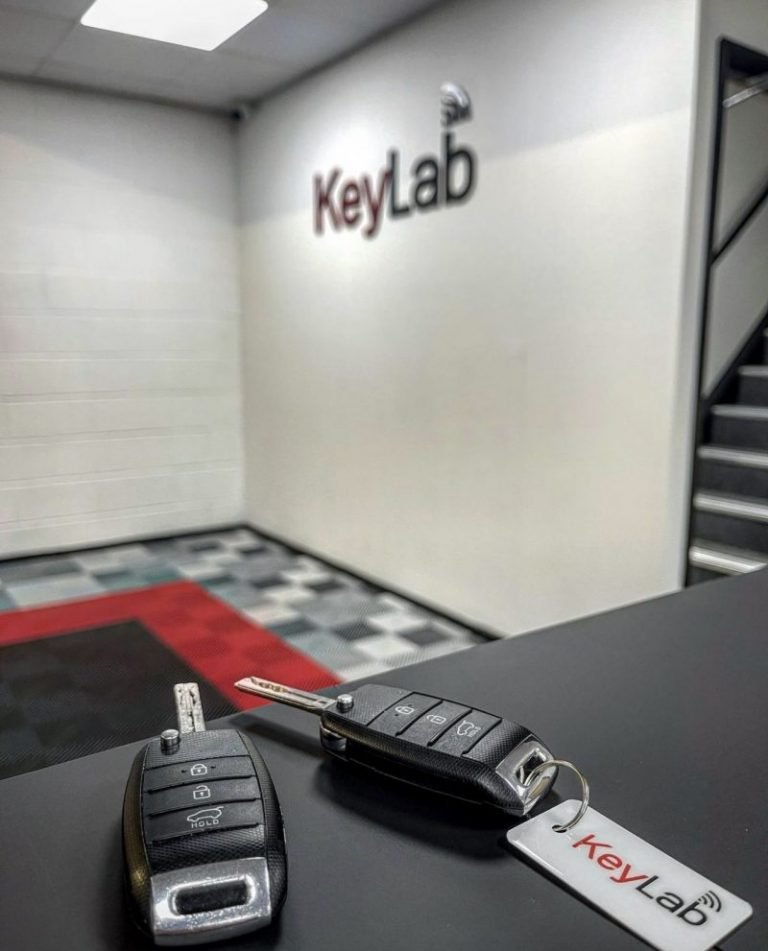Automotive Diagnostics
There are a variety of diagnostic tools for use in the automotive industry. They include back-pin probing as well as patterns recognition algorithms. In addition to identifying failures in components, these diagnostic tools can aid in communicating via remote assistance. These tools are crucial in ensuring that your car is safe on the road.

Warning system for component failure
Modern vehicles have various electronic and internal systems that monitor how well the vehicle is running and can be triggered by a malfunction. A warning signal will be sent to the driver if a component of the vehicle isn't working correctly. Some warning lights will indicate a minor issue for instance, a leaky gas cap, but others could signal the presence of a more serious issue.
A system that detects malfunctions may store information that could be used to assist technicians identify the issue and correct it. If it discovers a fault before it is too late, the repair technician can fix the issue quickly and efficiently. By following the tips the owner of the vehicle can enhance safety and reduce the cost of maintenance.
Modern cars are equipped with an onboard computer diagnostic system that constantly monitors all major systems and functions of the vehicle. It also monitors fuel consumption and harmful emissions. A warning light will be illuminated on the dashboard if an element is damaged. This system, known as OBD, is used on personal vehicles, trucks and commercial vehicles. It's now a common industry practice that makes diagnosing much easier.
These warnings take the form of Diagnostic Trouble Codes, or DTCs, and are the result of a diagnostic procedure that determines the cause of a problem. Diagnostics include an exhaustive search for service information and pin-point testing of the vehicle, and inspecting the affected areas. To identify the problem with your vehicle, it is important to comprehend the meaning of these codes.
Communication between a vehicle and a remote assistance facility
In order for remote assistance to work with your vehicle, you must have a way to communicate with it. V2V communication (vehicle-to-vehicle) is a method to communicate with other vehicles wirelessly and exchange data. This technology permits the transmission and reception of omni-directional messages at up 10 times per minute. It helps vehicles keep the full view of their surroundings. It can also utilize information from surrounding vehicles to warn drivers of potential accidents. These systems can also use tactile and audible alerts to help drivers avoid accidents.
Back-pin looking
Back-pin probing, which is a technique used in automotive diagnostics, makes use of a sharp point to connect automotive connectors. These probes are usually inexpensive and can be found on all vehicle models. They are ideal for taking live circuit measurements without damaging connectors. This eliminates the necessity of cutting wire insulation.
Many technicians prefer to use back-probing for automotive diagnostics. It is easier than cutting wire insulation. These tools can be easily inserted into automotive connectors with various tips. Many specialty back-probes feature a small diameter that helps reduce the amount of leverage applied to the connector.
Many diagnostic kits for cars include several connectors and probes such as banana plugs and alligator clips. Certain kits also come with a variety of tests kits. These kits let you quickly and easily measure the electrical signals that suggest an issue in the vehicle.
Back-pin probing is one of the most efficient methods to test automotive connectors. It allows you to quickly connect and disconnect the test leads. Another benefit of this method of diagnosing is that it is cost-effective. This method can help save a lot of time, labour and also money.
On-board diagnostics
On-board diagnostics in automotive systems can provide drivers with vital details about the condition of their vehicle. It also alerts them when their vehicle needs repair or maintenance. straight from the source can boost fuel efficiency and reliability. This technology can be used to improve safety and performance by car manufacturers. These systems also assist drivers in saving time and money, allowing them to see how their car is performing without having to visit mechanics.
Before the advent of standardized on-board diagnostics, the manufacturers created their own systems. Early versions of the system came with their own proprietary connectors electronic interfaces, as well as custom codes that were used to report a malfunction. Volkswagen and Datsun introduced the first systems in the year 1968 and 1978. The Society of Automotive Engineers (SAE) eventually required all cars to have the technology. In addition, in 1994 California's law mandated that all vehicles be equipped with on-board diagnostics.
On-board diagnostics systems are so sophisticated that they rival the computing power of a desktop computer. They are compatible with a variety of mid-speed networks and are becoming increasingly capable of handling massive amounts of data. Furthermore, most on-board diagnostics systems include a vehicle speed sensor that can accurately detect roads that are rough. The sensors are incorporated into the vehicle's engine control unit or ECU.
OBD systems can identify problems in the engine of a vehicle and create a warning indicator within the instrument cluster. When it has identified the issue then the OBD system stores a diagnostic trouble-code. To access the trouble code, a mechanic should connect a scanner to the OBD connector located below the dashboard. While reading a trouble-code is helpful, it doesn't necessarily indicate that a mechanic knows what's wrong with the car.
